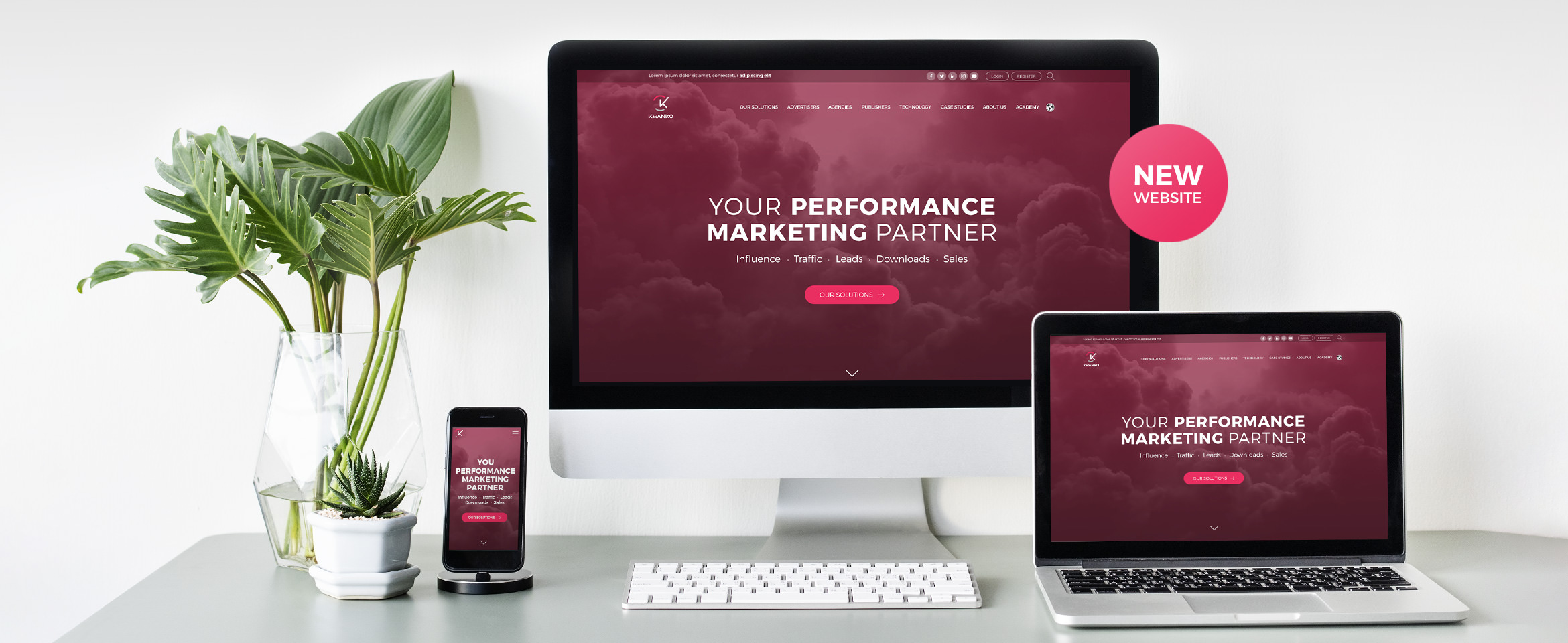If there is one marketing tool that has very little to prove, it’s the email. Used right since the beginning of the internet, it remains a central part of a good strategy. The reasons for carrying out best practices in email marketing campaigns are numerous: inbound marketing strategy, promotions, online games, draw, events invitations…
It’s a personal way to stay in touch with your clients and community, but also the main lever for gathering leads.
But, to be truly effective in collecting leads, the best practices email marketing campaign must be framed in a certain way. To be efficient and generate a good return on investment. So, let’s find out more about these best practices to structure your strategy better.
For Best Practices in Email Marketing, Content is King!
Competition is hard when you are trying to attract new users to join your subscriber lists. For this reason, you need to work on your content.
By showing in truly transparent way examples of the information you share, on your blog, for instance, you encourage people to subscribe so you can build a reliable and well-structured list.
On the other hand, whether it’s a newsletter or a one-off email marketing campaign, you need to keep a good balance between informative, useful and promotional content. The 80/20 rule should apply here: 80% useful content and 20% commercial content.
You need to develop topics that will interest your readers and add value to your content marketing strategy. It could be a press review, highly targeted news, exclusive offers or special content. Or like a look behind the scenes of your brand, an invitation to an event or a product test.
Best Practices in Email Marketing is Finding the Right Pace
Among the best practices of email marketing campaigns the problem of rhythm is central. You need to find the right email frequency to avoid losing your prospects but do not bore them either. One possible option is to let them decide by offering two options: e.g., daily or weekly mailing. One of the best practices of email marketing is to adapt yourself to the needs of your readers.
Another option could be to analyse your statistics:
- Are open rates declining steadily? That may be the first sign of a problem.
- Is it the content or the frequency?
- Is it intermittent, related to a particular seasonality, or indicative of a fundamental problem in your mailings?
By constantly analysing your analytics you can act upstream to improve your campaigns.
Foster Registration
Your prospects may unsubscribe, no longer read your mails or get bored. Because a subscriber list is frequently renewed and is constantly changing, you must also be constantly nurturing it, and thus encouraging registration.
A landing page dedicated to your newsletter is good practice to explain the value you will bring readers: news, information, promotional or exclusive offers, etc. Be honest. It’s pointless promising analyses or practical information if all you want to do is send commercial offers (which, by the way, is a highly questionable practice). Your landing page should reflect your image in order to create a virtuous circle and build trust between you and your community.
Control and Optimise Your Lists
The more time passes, the more your lists will grow, hence the importance of segmenting your mailings according to the profiles of your subscribers. Subscriber list management is a critical process that must be managed with great professionalism: detecting duplicate and false addresses, developing loyal subscribers … is the driving force of your campaign!
The more you can refine your lists, the more your campaigns will benefit.
Think “Responsive”
Your templates must maintain consistency in terms of design and layout so that your subscribers are not lost and can, little by little, have their own routine for reading when they receive one of your e-mails.
Once your templates are in place, make sure you test them on all platforms, especially mobile ones. Your email must be perfectly legible to an Apple Mail client on the small screen of the iPhone SE, as well as in the Gmail or Outlook inbox on a tablet or computer. By thinking “responsive”, you will guarantee an optimised layout and experience for the reader.
Do A/B Testings
Whether you have a doubt about the effectiveness of a campaign or want to thoroughly review a design or visual style, you need to have a basis of quantitative and qualitative data, not intuition. Do A/B testing to see which newsletter performs best. It will help you to improve the quality of your content and add value to your action. Always base your decisions on reliable statistics and precise analytics, rather than on simple intuition.
E-mail marketing is a common practice, but it has several components that must be tightly controlled to ensure success. Observing these good practices will allow you to structure and professionalise your approach, and also to develop a new habit of thinking “marketing”, to optimise the user experience of your prospects and build your brand image, and thus your revenue.
 SKALE
SKALE  Join Kwanko
Join Kwanko  Program Directory
Program Directory  Who is Kwanko
Who is Kwanko  History
History  Careers
Careers  Kwanko Academy
Kwanko Academy  News
News  Case Studies
Case Studies  Strategy and commitment
Strategy and commitment  Social Responsability
Social Responsability  Gender Equality
Gender Equality  Our Environmental Charter
Our Environmental Charter  Our Ethical Charter
Our Ethical Charter  Our responsible purchasing policy
Our responsible purchasing policy  Certifications and Publications
Certifications and Publications 
 Publishers
Publishers Advertisers
Advertisers Our Solutions
Our Solutions  About Us
About Us  Academy
Academy 














